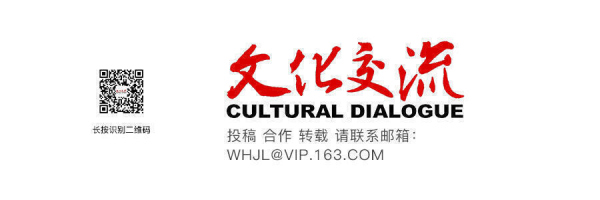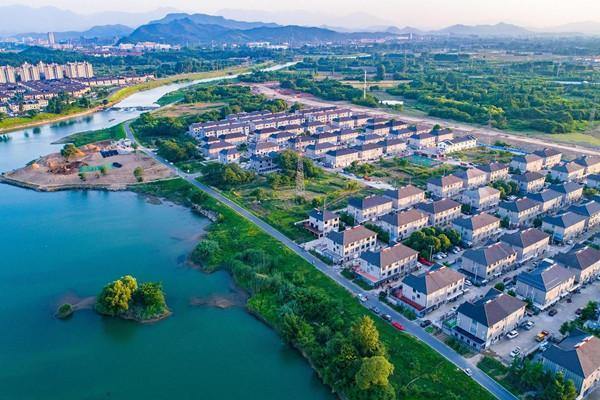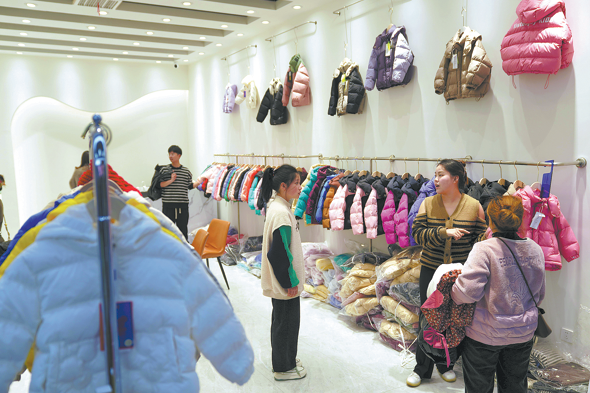I finished Ye Wenling’s A Lifetime as the Guardian of Dunhuang: A Biography of Chang Shuhong in one sitting, which shows how good it is. What’s most uncommon about the book is perhaps the fact that someone who is primarily a novelist writing a biography of an artist.
To some extent, a novelist or an author is also an artist, and therefore their biographies are usually very easy to read, for they are often empathetic, and can connect with the main characters by placing themselves into their shoes. Ye, the literary veteran with her sophisticated and skilled writing, is exactly such an author. For this particular biography, there’s also another connection. Chang Shuhong was born in Hangzhou, Zhejiang province and the author Ye Wenling was from Taizhou (in the same province), and has lived in Hangzhou for a long time. When one Hangzhouer writes about another Hangzhouer, there is a special resonance.
The earliest literary work dedicated to Chang Shuhong was Under the Qilian Mountains. Written by Xu Chi, a writer who also hails from Zhejiang, the book tells of Chang’s true story in a fictious manner. Later, Gansu author Wang Jiada’s reportage Love with Dunhuang, which won him the first Lu Xun Literature Prize, chronicles generations of Dunhuang guardians, including Chang Shuhong, Duan Wenjie, Fan Jinshi and others. Dunhuang, therefore, is not only a treasure trove of art and culture, but also a goldmine for literary creation.
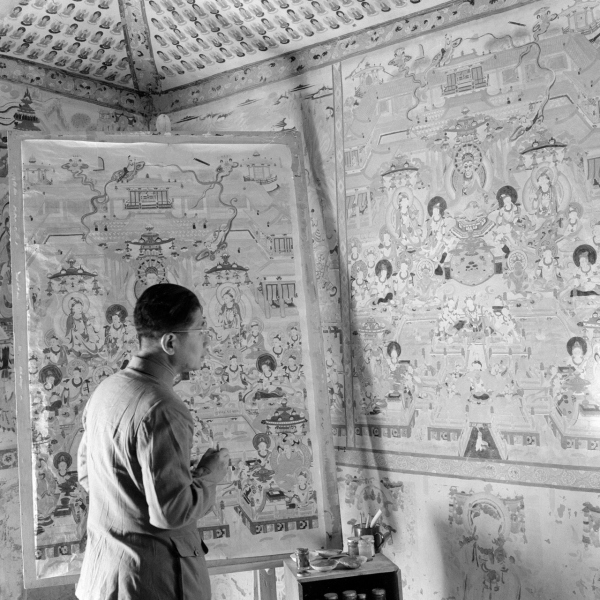
Indeed, in Ye’s book, the characters are the most vivid. First and foremost is Chang Shuhong, who dedicated his lifetime to protecting and preserving Dunhuang, and to getting more people into a deeper understanding of the arts and cultural relics at the Mogao Grottoes. In the process, he sacrificed a comfortable life and even his own happiness: if he hadn’t gone to Dunhuang and given up almost everything, Chen Zhixiu, his first wife, might never have walked out on him, and they might have been one of the happiest couples. At the end of the book, the author takes stock of Chang’s life: of all the choices available to Chang, he picked the hardest, from which Chen chose to “escape”. Overtime, he did forgive her and even came to sympathize with her choice. As the book indicates, life is just a series of choices, and while your choices may not satisfy everyone, you can always decide how to lead a more meaningful life, as Chang did.
Even those minor characters impress. Meet Dou Zhanbiao, an ordinary painting worker in Dunhuang, who followed Chang Shuhong all his life, loyal and indomitable. Meet the Kuomintang county chief, the very embodiment of lethargic bureaucracy, who extorted artefacts from Chang but only managed to pick several paintings by Chang’s eldest daughter.

One important thread that connects the main characters is love. To begin with, conjugal love, even between Chang Shuhong and his first wife Chen Zhixiu. Theirs was more a love-hate relationship: love at first sight, childhood sweethearts, and then Chen’s runway. Karma is a bitch, as the cliché goes. Her life took a turn for the worse after the walkout and never recovered. Chen said as much later: “It is my bad karma.”
On the other hand, the love story between Chang Shuhong and his second wife Li Chengxian is much more admirable. Despite their age differences, Chang and Li were much like-minded. They were both devoted to the Dunhuang cause, and supported and encouraged each other in hardship and suffering, even during the “Cultural Revolution”.
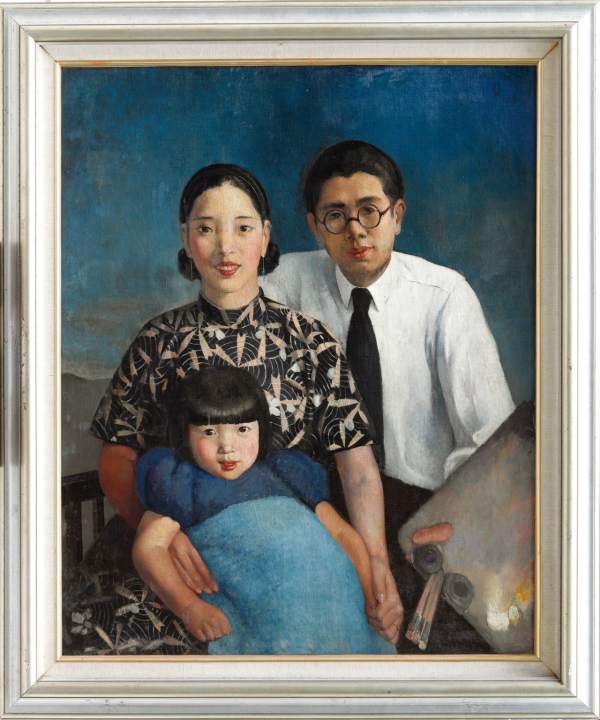
Then there is Chang the father’s affection for his children, especially the eldest daughter Chang Shana (Saone Chang). Though Chang was very busy with his work, he would always find chance taking care of and nurturing her. When Chang discovered Shana’s talent for painting, he encouraged and cultivated her in every way possible. It is only natural that Shana followed her father’s footsteps and became an accomplished artist in her own right.
Finally, what makes this biography a most interesting read are the stories. For example, it describes in great detail how the extramarital affairs of Chang’s first wife started, how Chang discovered everything when she left him and the children behind and how he broke his leg riding a horse chasing after her.
Chang’s encounter with Li Chengxian, his second wife, and their marriage were also told in vivid details.

All in all, Ye has written a great book. It is not only a biography, but also a very interesting collection of stories, enlightening in the subtlest ways while invoking strong emotional responses from the readers at the same time.
